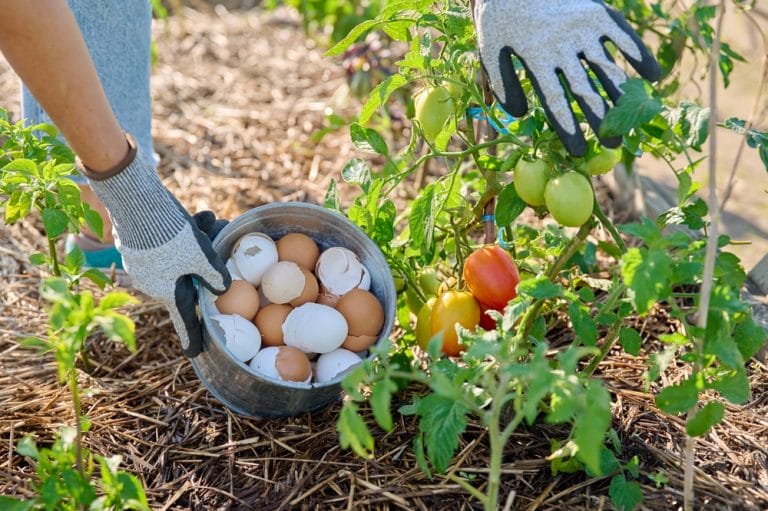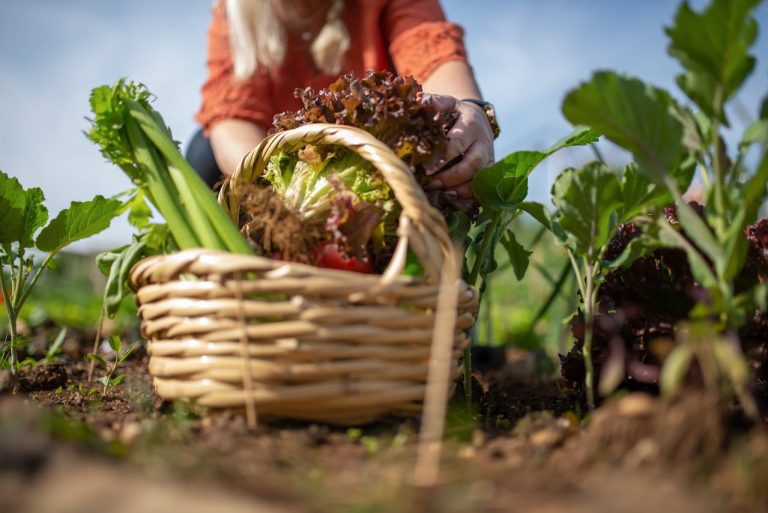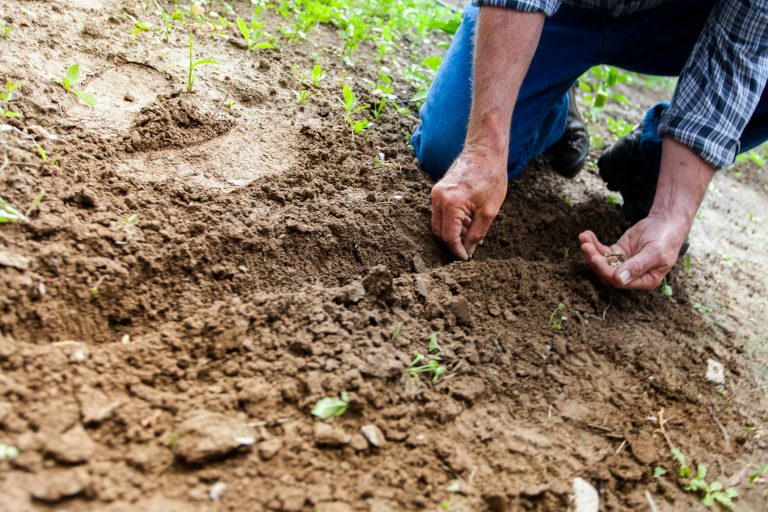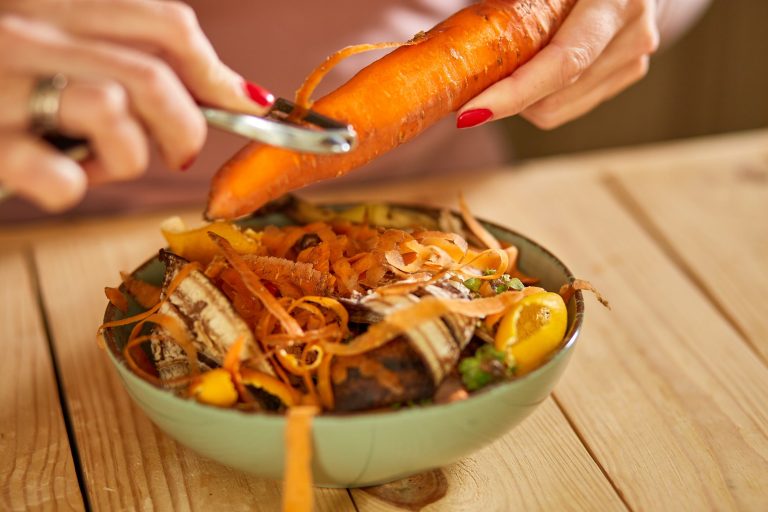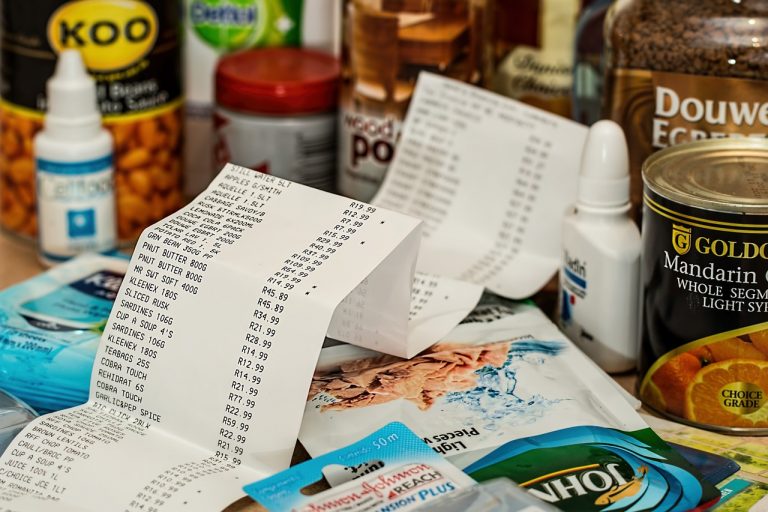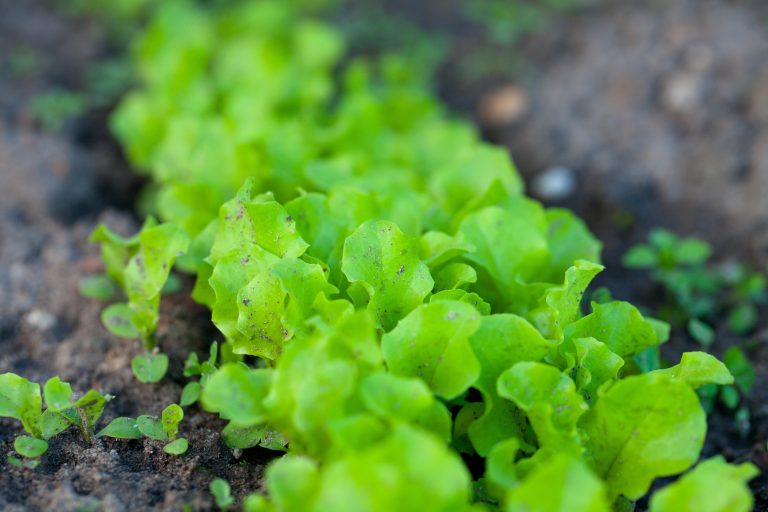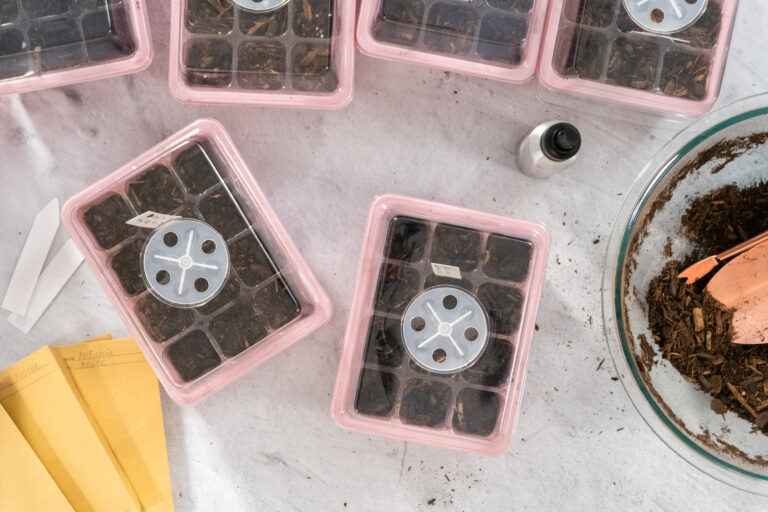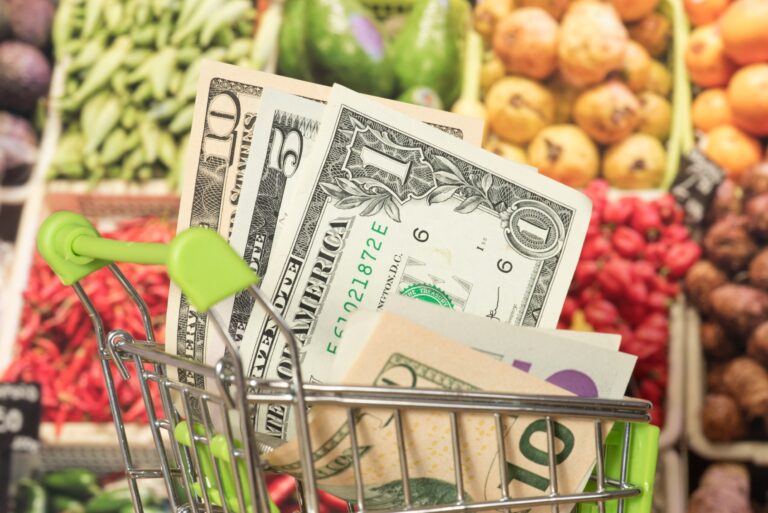Regardless of what you’re growing, your plants need nutrients. Without fertilizer, your plants will fail to thrive and grow big and strong. In the case of edibles, a lack of nutrients can limit your crop and lead to poor production. Unfortunately, many fertilizers on the market are expensive. Thankfully, there are cheap organic fertilizers you…
frugality
How to Start a Frugal Grocery Garden for Less Than $20
With grocery prices climbing and fresh produce often short-lived, starting your own budget-friendly grocery garden can be a smart way to save money and enjoy fresh food year-round. And the best part? You don’t need a big yard or a big budget. In fact, you can start a simple and productive garden for under $20….
9 Clever Ways to Start Gardening for Free
So, you want to start a garden but don’t have any money to spend? It is possible to garden for free, but it takes a little creativity. If you’re new to gardening, it’s best to learn as much as you can from blogs, podcasts, and books about gardening. Then, you can plan out your garden…
How to Create an Endless Food Supply from Your Kitchen Waste
Did you know that growing food from kitchen scraps is incredibly easy and practically effortless? With just a little water, sunlight, and patience, you can regrow everything right in your own kitchen! Here’s how to get started. 1. Regrow Green Onions for an Endless Harvest Green onions are one of the easiest vegetables to regrow…
Winter Food Budgeting for the Frugal Gardener
In the past, I always noticed a jump in our food budget over the winter months. You’d think that the summer, with its frequent BBQs and outdoor game nights, would put a more significant dent in the budget, but I’ve noticed the opposite. In the summer, we get a lot of food right from the…
The Number One Tenet of Frugal Gardening: Plant What You Love
Apologies for the delay in posting this week. I managed to get mild food poisoning after a lovely brunch, and my stomach was in knots for nearly two days. The gardening season is definitely on its way, though! I love seeing photos of gardens slowly turning green and spotting hidden veggie beds in front or…
Cheap and Economical Humidity Dome Alternatives
If you grow your plants from seeds then you probably know what a humidity dome is. (If not, don’t worry, we’ll go over it briefly below.) Just like with all of your other gardening supplies, you can buy humidity domes from a variety of different sources. However, you can also DIY them. Here are some…
12 Foods You Should Stop Buying Now to Save Money at Any Grocery Store
In today’s economy, saving money at the grocery store is more crucial than ever. With prices fluctuating and budgets tightening, smart shopping has become an essential skill. One effective way to cut costs is by avoiding certain high-priced items that can sneakily increase your grocery bill. Here are 12 foods you might skip on your…
The Harsh Truths: 15 Hard Lessons Learned from Being Perpetually Broke
In today’s fluctuating economy, many find themselves in a never-ending cycle of financial instability. Being perpetually broke isn’t just a personal crisis; it’s a harsh reality that teaches invaluable life lessons. Here are 15 hard truths learned from the trenches of constant financial struggle, each shedding light on the deeper implications of what it means…
11 Home Remedies You Should Never Try When You Get Sick
In an era where quick fixes and natural remedies are more popular than ever, the allure of home treatments for common illnesses is understandable. However, not all home remedies are safe or effective, and some can be downright dangerous. While the internet is a treasure trove of health hacks and wellness tips, it’s crucial to…
